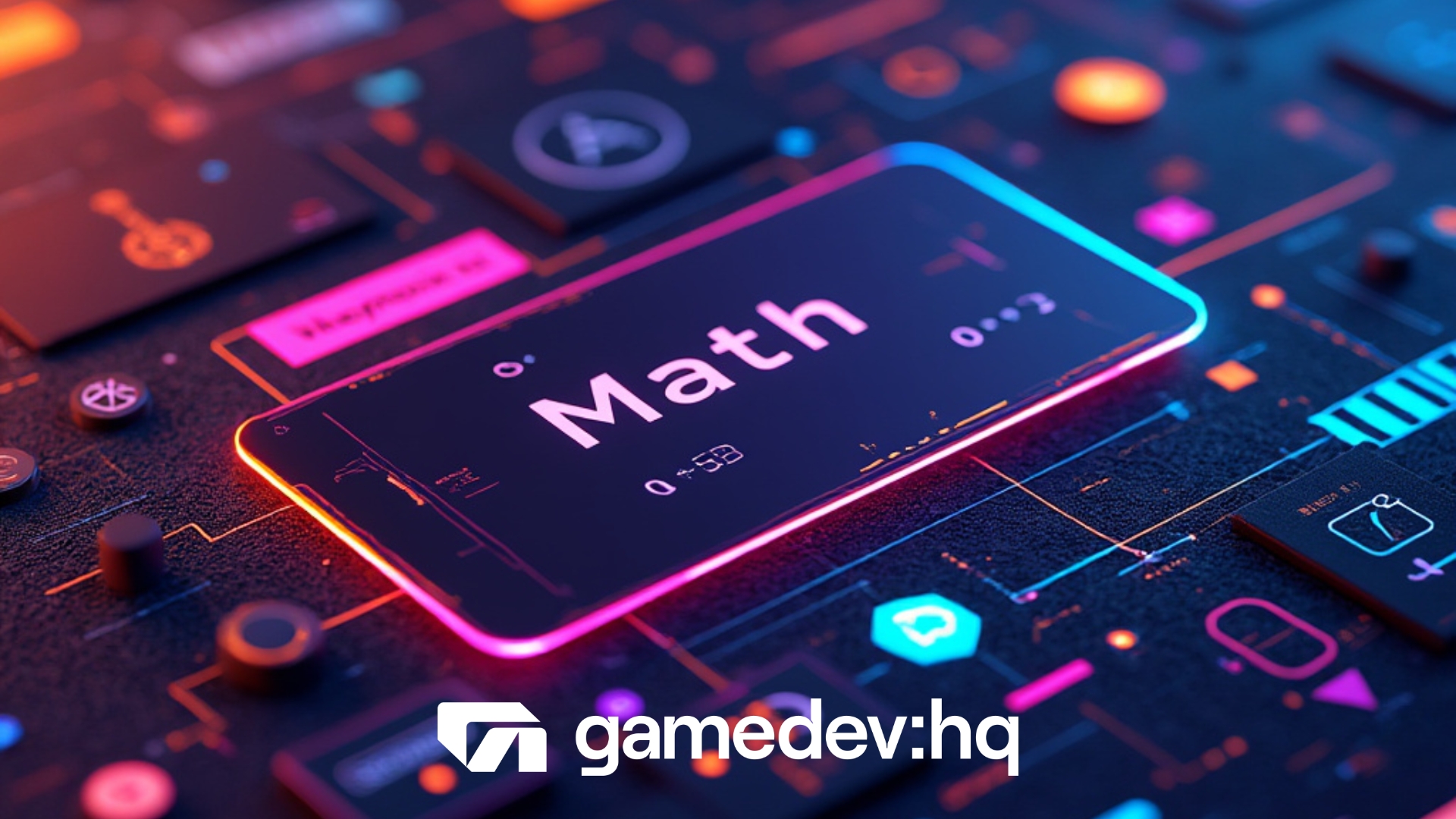Vector Magnitudes – Learning through Development

Imagine you’re playing a first-person shooter (FPS) game, where understanding the direction and speed of your character’s movement is crucial for survival. In this context, the concept of vector magnitudes becomes essential. Vectors are mathematical entities that have both direction and magnitude, and they can be used to represent various quantities in game development, such as velocity, force, or position.
What is a Vector?
A vector is an object that has both a magnitude (or length) and a direction. In a 2D or 3D space, vectors are often represented as arrows pointing from one point to another. The length of the arrow represents the vector’s magnitude, while the direction of the arrow indicates which way the vector points.
Components of a Vector
Vectors can be broken down into components along the axes of the coordinate system. For example, in a 3D FPS game environment, you might have vectors with components along the x, y, and z axes:
- x-component: Represents movement left or right.
- y-component: Represents movement up or down.
- z-component: Represents forward or backward movement.
Example in C
Let’s say you want to calculate the magnitude of your character’s velocity vector in a game. Here’s how you might do it in C#:
using System; // Importing necessary library for mathematical functions
class VectorMagnitude
{
public static double CalculateMagnitude(double x, double y, double z)
{
// Calculate the square of each component
double xSquared = Math.Pow(x, 2);
double ySquared = Math.Pow(y, 2);
double zSquared = Math.Pow(z, 2);
// Sum up all squared components
double sumOfSquares = xSquared + ySquared + zSquared;
// Return the square root of the sum (magnitude)
return Math.Sqrt(sumOfSquares);
}
static void Main()
{
double x = 3.0; // Example x-component
double y = 4.0; // Example y-component
double z = 5.0; // Example z-component
// Calculate and print the magnitude
double magnitude = CalculateMagnitude(x, y, z);
Console.WriteLine("The magnitude of the vector is: " + magnitude);
}
}In this code:
- We define a method
CalculateMagnitudethat takes three parameters representing the components of a vector. - Each component is squared and summed up.
- The square root of this sum gives us the vector’s magnitude.
Why Vector Magnitude Matters in Game Development
In an FPS game, knowing the magnitude of vectors can help determine how fast your character moves or how strong an applied force is. For example:
- Character Speed: The magnitude of a velocity vector directly relates to how fast your character moves across the map.
- Projectile Force: The magnitude of a force vector affects how far and fast projectiles travel.
- Collision Detection: Magnitudes can help calculate impact forces during collisions.
FAQs
What is the difference between scalar and vector quantities?
Scalar quantities have only magnitude (e.g., speed), while vector quantities have both magnitude and direction (e.g., velocity).
How do vectors apply to real-world physics?
Vectors are fundamental in physics for representing quantities like displacement, velocity, acceleration, and force.
Can vectors be negative?
Vectors themselves aren’t negative; however, their components can be negative depending on their direction relative to an axis.
How do I normalize a vector?
To normalize a vector (make its magnitude equal to 1), divide each component by the vector’s magnitude.
What tools can help visualize vectors?
Many game development engines like Unity provide tools to visualize vectors within their environments.
Understanding vectors and their magnitudes can significantly enhance your ability to create realistic and engaging game mechanics. Whether you’re calculating movement speeds or simulating realistic physics interactions in your FPS game world, mastering these concepts will give you an edge in crafting immersive experiences.

